The basic function of biosensors is to convert biological analytes into electrical signals or detectable signals. Biosensors are widely used in industries such as food and safety, process control, and monitoring fields. The biosensors technology continues to face rapid technological advancement like the innovation of stable biosensor interfaces, increasing its demand.
The facts mentioned above in this article leads us to the question of what should you know about biosensors? If you are thinking of incorporating this modern-day state-of-the-art technology. Here is an ideal solution to enhance your scientific research. However, you should know the following, first!
1. Biosensor Are Used As Receptors
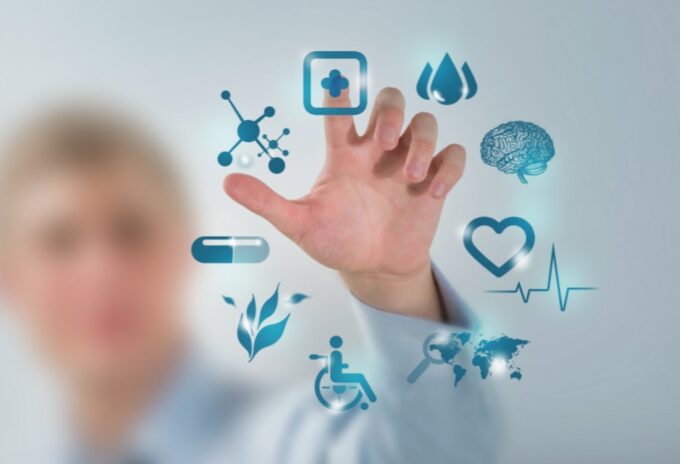
What functions do they perform specifically? They bind the analyte to be tested and interfaces that create a suitable working environment for them to operate effectively. How do they transform the chemical or physical materials into information? The presence of transducers facilitates the performance of this function by fetching the information produced by the interaction of different materials.
You should know that the transducer does not entirely perform that function alone. The presence of other tools such as the signal processing and amplifiers, interface circuits enable data collection analysis and processing.
2. They Are Made According To Their Field Of Application
Biosensors are specifically designed and manufactured according to their purpose. They fall under three main categories concerning their use. Currently, we have environmental, wearable, clinical, and medical biosensors.
Nevertheless, medical biosensors have been instrumental in testing the ongoing novel coronavirus pandemic in medical laboratories. This has consequently enabled mass testing; its contribution to surpassing the spread of the virus is massive worldwide.
3. Polymers Are Important In The Construction Of Biosensors Interface
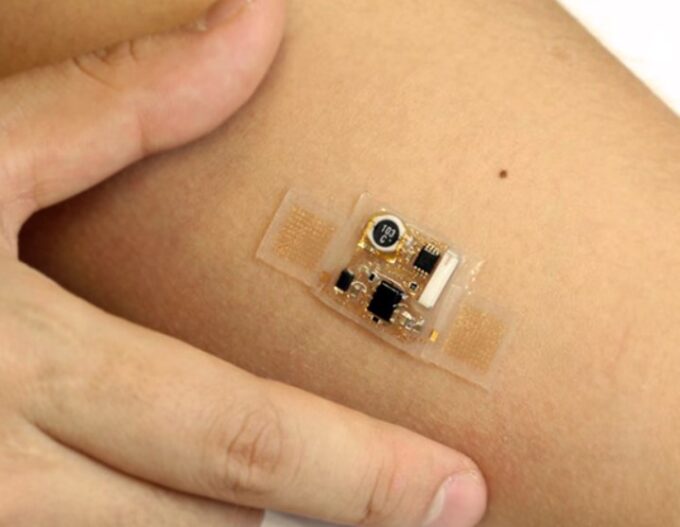
What makes them vital? The first reason is, they are easy to process. You can tailor physical and chemical features tailored in line with the requirements of what the medical researcher wants, making them easy to process.
Did you know? Some polymers can live in an environment containing analytes, and this factor makes the detection process even more accurate. They perform two main functions in biosensors. One is coating materials on the electrodes and immobilizing certain receptors on the device.
4. Function Of Biosensors In Food Industry
The food industry needs extra caution to be taken on quality, safety, and maintenance. For that reason, biosensors are used for the detection of pathogens in foods. For example, you can use it in the detection of pathogens in vegetables.
This is done by detecting the change in the PH caused by the presence of ammonia. It is also used to sense the level of food additives in food products. The high amount of additives in food causes unnecessary weight gain. You can control the additive level through detection and quantification with the help of biosensor devices.
5. Use of Biosensor In Plant Biology
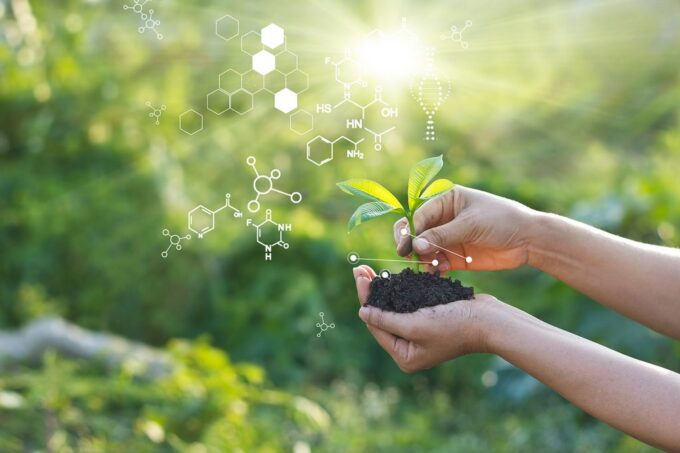
The study of plant DNA is a sophisticated adventure due to the revolutionary advances in the study of that area. As a result, a huge advancement in plant science has been witnessed over the years.
Biosensors technology has played a vital role in the plant science revolution. Plant scientists focus on creating genetically modified plant seedlings to increase farm yield and food production. However, the research process takes a lot of time and can be very hectic. For that reason, biosensors devices have proved their efficiency in research work in botany studies.
Advantages Of Biosensors
Biosensors have a significant advantage in the modern world today. Its impact is seen and felt in various research works. Its pros include the following;
- High sensitivity: the high sensitivity of materials and particles facilitate faster detection.
- High Selectivity; it senses the required particles that are on its surface.
- High throughput processing.
- Wider linear range sensors.
- Fast response.
- Affordable.
- Portable system.
Disadvantages Of Biosensors
Everything, however beneficial it is or useful, has its limitations. Let us look at its cons;
- pH parameters influence the performance of biosensors sensitivity.
- Temperature parameters influence the performance of bio sensitivity.
- Tiresome measurement conditions.
- You need to prepare your samples well. It requires thorough preparation.
Types Of Bio receptors
Enzymatic Interactions
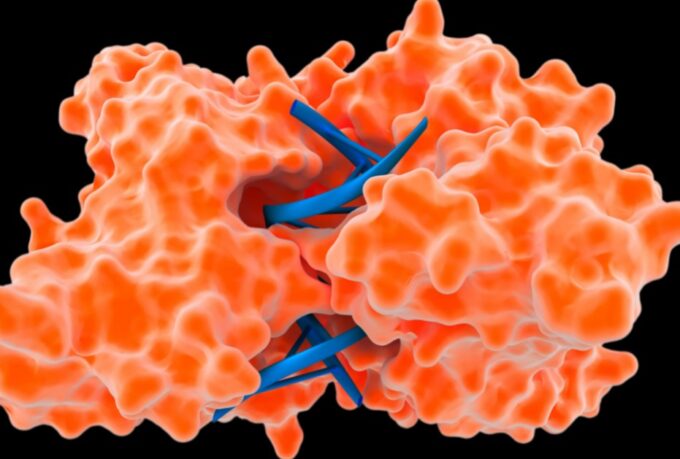
They interact when substrates molecules attach to the specific enzyme, and then the enzymes, through the help of specific receptors, suitable materials are made; these are achieved by using specific receptors that work under definite requirements of the research work.
What else should you know? All this process should be conducted at a certain pH requirement. They are catalytic materials, so the right pH makes the reaction faster.
Antigen Interactions
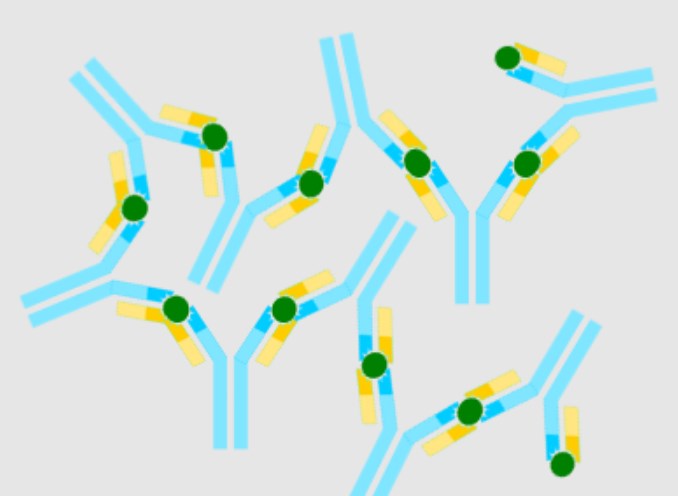
Antigen reaction is more of acid triggered process. How do they operate? They operate permeable. Note that only when the known parts of the required acid molecules interact with the other molecules. In that case, you can create agreeable patterns. Always remember, labeling your antigens is also vital when preparing.
Cells and Organelles
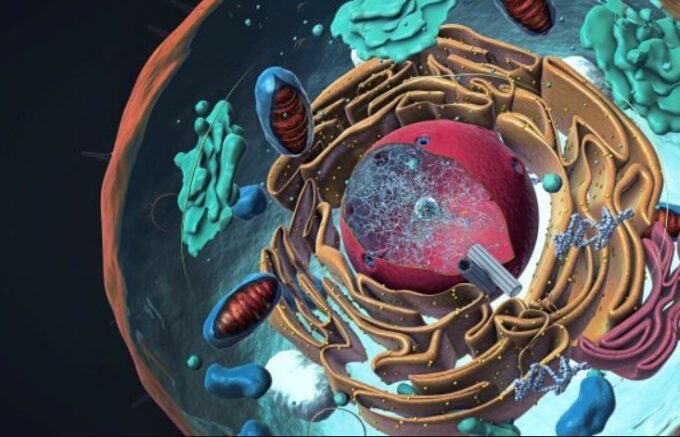
The above are considered as cheaper source types of receptors. Nevertheless, they are also less susceptible to invade by solution. Cells organelles can also work in pH conditions that other bioreceptor materials cannot; this feature makes them last longer than others. Moreover, since they are highly sensitive to the existing environment, they require different types of stimulants.
Also, cells can swiftly move due to their nature of the attachment to matching receptors. They can also work In extreme conditions compared to organelles, therefore, enabling them to perform important functions in medical work, such as tests.
Where Should You Place Your Bio Receptors
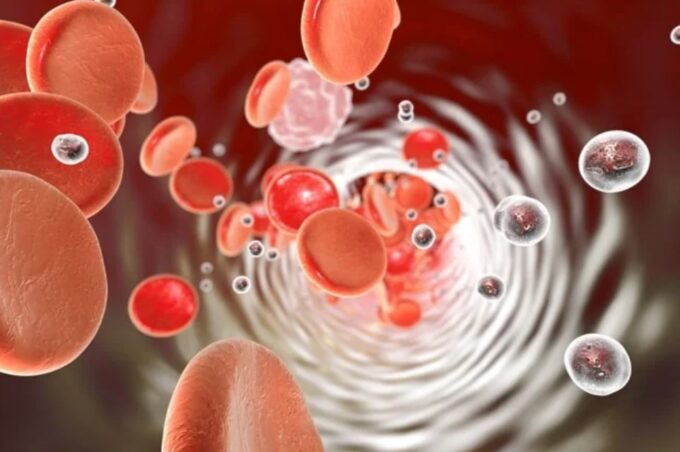
Electrochemical biosensors are very delicate. For that reason, you should know where to place your bioreceptor to get the best results In your research work.
They are normally placed on the surface of the electrodes.
To Sum Up
Biosensors are the future of scientific work. They go hand In hand with Artificial Intelligence (AI) advancement in transforming communication channels in the research work. Indeed this is the future.
Biosensors technological advances have been very instrumental in the inventory of new machines. For example, invention of biosensored hand sanitizer dispenser has been very instrumental in the fight against the novel corona virus pandemic. At equipsafe.com you can shop for the best hand sanitizer and face mask dispenser. Make your decision today!
Nevertheless, they provides you with quality face masks apart from the hand sanitizer dispenser. The masks include the kn95 masks which have been undoubtedly proven to me the most effective masks as it stands today.







